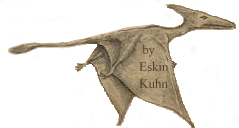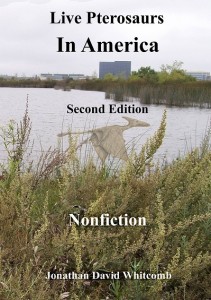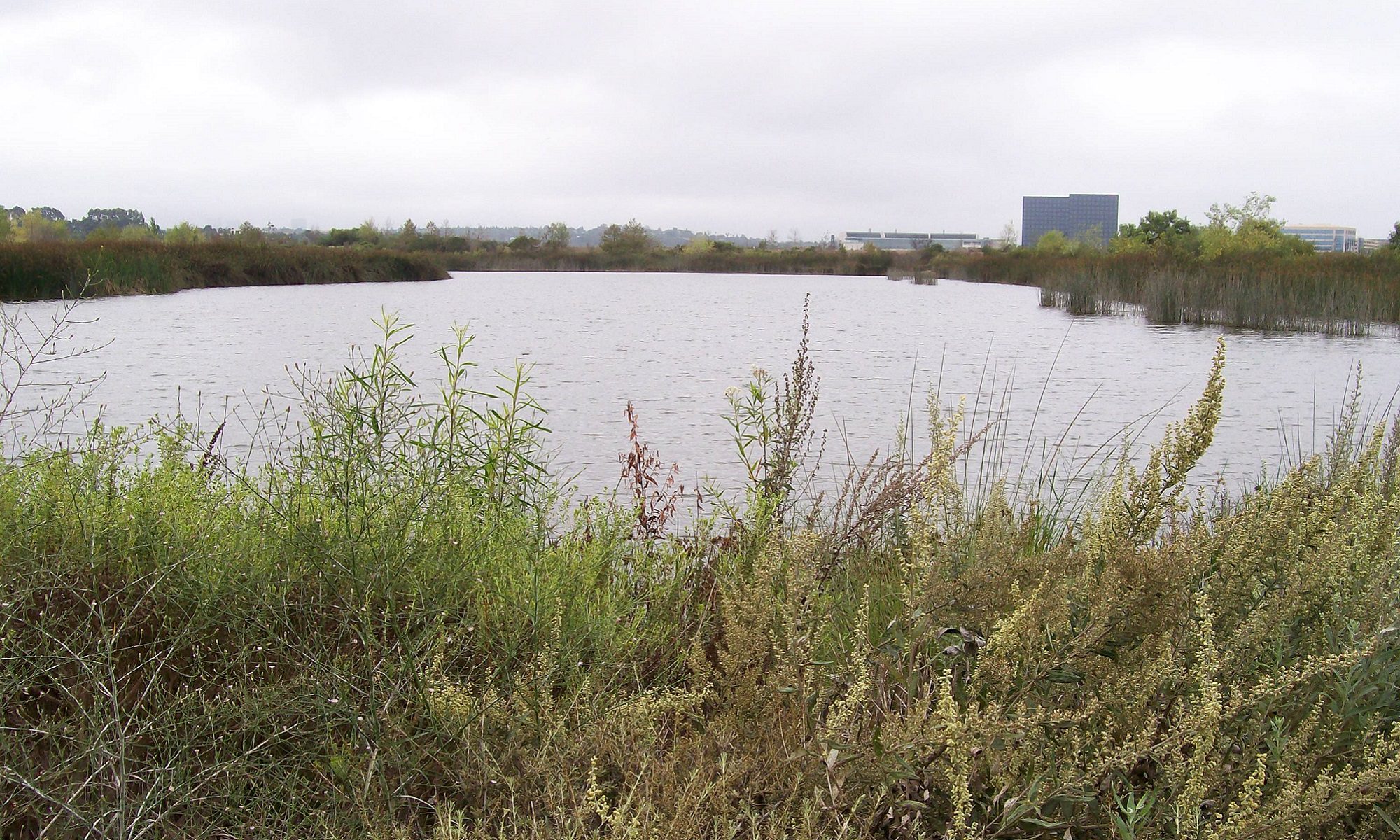Gitmo Pterosaur
A new sighting report has just emerged, although the sighting itself was in about 1965. I have recently interviewed Patty Carson by emails and by a long phone conversation, and I am convinced that she is telling the truth about a large flying creature that was neither bird nor bat: a live pterosaur. By the time I had talked with her on the phone, she had seen Eskin Kuhn’s sketch and told me that many details were much like what she had seen.
To appreciate the significance of the Carson sighting at the Guantanamo Bay Naval Base in Cuba (also called “Gitmo”), we need to know something about the Kuhn sighting at that same military station, about six years later.
Cuban Pterosaurs Seen by Eskin Kuhn (1971 Sighting)
The base is located on the shore of Guantánamo Bay at the southeastern end of Cuba. [Wikipedia]
“It was a beautiful, clear summer day . . . I was looking in the direction of the ocean when I saw an incredible sight. . . . two pterosaurs . . . flying together . . . perhaps 100 feet [high], very close in range from where I was standing, so that I had a perfectly clear view of them. The structure and the texture of the wings appeared to be very similar to that of bats”

This is a very brief overview of the 1971 sighting at Guantanamo Bay, Cuba, and a detailed response to a critic who thoughtlessly dismissed the U. S. Marine’s account.
.
Modern Pterosaur Verified in Cuba (1965 Sighting)
Patty was only about six years old when she and her younger brother were walking home on the Guantanamo Bay Naval Base. I’ll let Patty’s words tell much of this account.
“We were walking from the boat yards toward home, but still closer to the boat yards, to where it was sandy underfoot, sparse scrub vegetation around four feet tall . . . There were some stagnant pools here and there, a few inches deep . . . and suddenly it sat up, as if it had been eating something or resting.
“[It was] about thirty feet away. All of us froze for about five seconds, then it leaned to its left and took off with a fwap fwap fwap sound . . .”
The teeth were small but clearly visible, as the creature’s mouth was not quite closed. About those teeth, Patty said that there were “a LOT of them.”
They [the two children] ran home and told the grownups that they had seen a dinosaur that had flown away. They “started to tell me it was a pelican or frigate bird. NO WAY! It was as tall as a man when it stood up on it haunches.”
In our phone conversation, Patty explained to me that . . . the wings were like bat wings, in a way, but not at all transparent. She is sure of the structure at the end of the tail (what I call a “vane” or “flange”) and estimates the “diamond” was about five inches long and about three inches wide.
Patty Carson Sighting (1965)
This pterosaur sighting of 1965 was reported to Patty’s family within minutes of the frightening encounter. It was made public, however, in early May of 2011, having been previously disbelieved by family members who heard the girl’s account but who had no knowledge of the Kuhn sighting of two pterosaurs at that same military base, which sighting was in 1971.
No misidentification caused Patty Carson to only believe that she had seen a flying “dinosaur.” That was a sighting at close range in daylight, and the very large creature had a long tail with a Rhamphorhynchoid pterosaur tail vane, eliminating any bat; it had no feathers but it did have many teeth, eliminating any bird.
Patty Carson is a Registered Nurse, with clear memory and with nothing to gain from any hoax involving a living pterosaur that she had seen in her childhood. In phone conversations, she has high credibility, with very little possibility of any hoax.
***********************************************************************************
 From the second edition of the cryptozoology book Live Pterosaurs in America:
From the second edition of the cryptozoology book Live Pterosaurs in America:
“I grabbed the binoculars and looked for myself. What I saw was large and very much alive. Its hue was close to the hue of the desert sand but more the color of rust. Its skin, I say skin because there were no feathers, . . . looked like dull leather sort of dusty looking. . . . The back of the head was pointed.
“When we started making comparisons, we knew it had to have been [a] lot larger than an eagle, maybe three times larger.”


